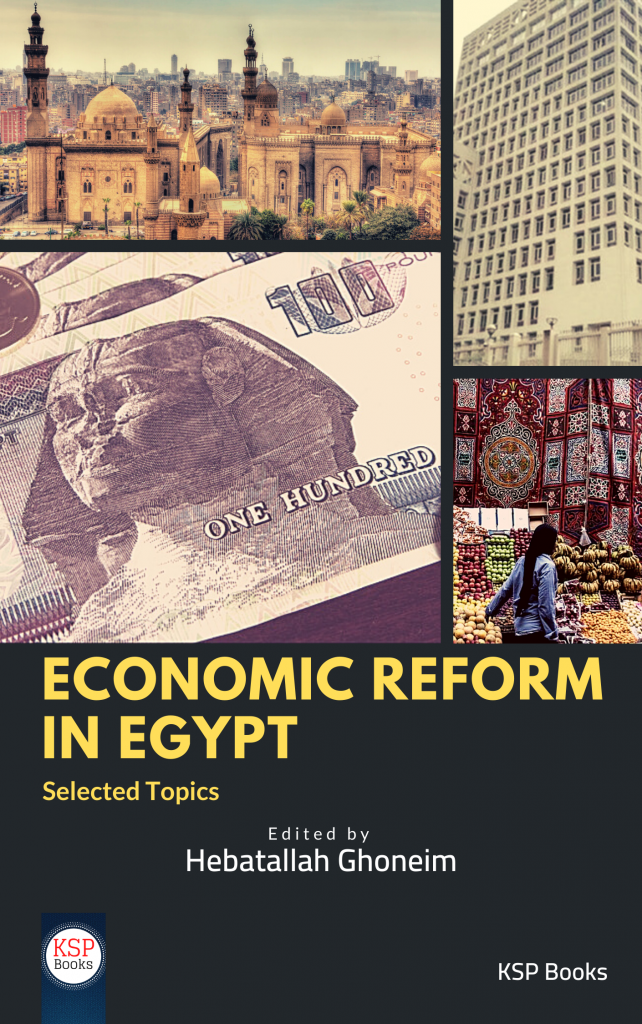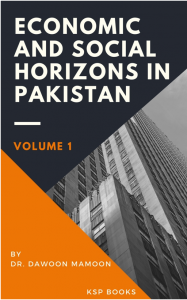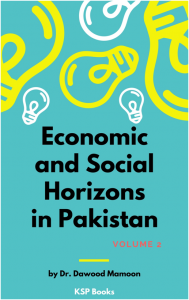Synopsis
Wave of revolution had proliferated Arab World since December 2010 creating a cutting edge in history. Revolution activities had started in Tunisia and spread from west Arab community in Mauritania to east in Bahrain. Revolution had taken the shape of civil resistance through protests, marches and media awareness campaign. Citizens are eager to experience an improvement in their wellbeing and daily activities, this book highlights selected economic reform issues that affect the daily activities of each Egyptian citizen.
Chapter 1: Subsidy has been one of the common features of Egyptian economy. Subsidy had beenpart of government tools to achieve income redistribution, social welfare and gain politicalsupport. This chapter highlights the changes occurred in the Egyptian subsidy program in an attempt to enhance efficient allocation of resource, create a competitive market, eliminate price distortion and provide a better targeting program. Main changes included subsidy expenditure , revising ration cards possession , adding smart card usage to the system, restricting size and sales of baladi bread, increasing prices of petrol products, eliminating number of subsidized medicine and setting electricity progressive price policy according to usage category.
Chapter 2: This chapter gives an overview on Takaful and Karama program, which represents the first CCT program to be applied in Egypt. The chapter highlights the program targeting analysis, impact evaluation and operational arrangements. Additionally, this chapter discusses the way forward of this cash transfer program in light of international experiences.
Chapter 3: CCT is considered a revolution under the umbrella of social assistance. It attained its importance from its double edge benefit, as it works on alleviating poverty in short run through monetary provision, at the same time foster social and economic sustainability through its effect on education and health in long run. Nevertheless, the benefits of CCT under current education system need to be examined. This chapter model the impact of CCT taking inconsideration one major problem of education system in Egypt which is private lessons.
Chapter 4: Trade is seen as one determinant of growth in most of the developing countries. This chapter highlights the trade ability of the Egyptian economy as well as exploring the Egyptian strategy and process in trade liberalization.
Chapter 5: COVID19 pandemic situation has set health as primary target not only for growth and development but even for survival on earth. This chapter provides a literature review for the impact of nutrition intervention on the health of children.
Contents
About the Editor
ISBN
978-605-7736-66-6
Date of Publication
June 15, 2020
File Size: 2765 KB
Length: xv + 84 pages
This work is licensed under a Creative Commons Attribution 4.0 International License.
















